Gaza: ‘24 hours of electricity a day? This is beyond a dream for us’
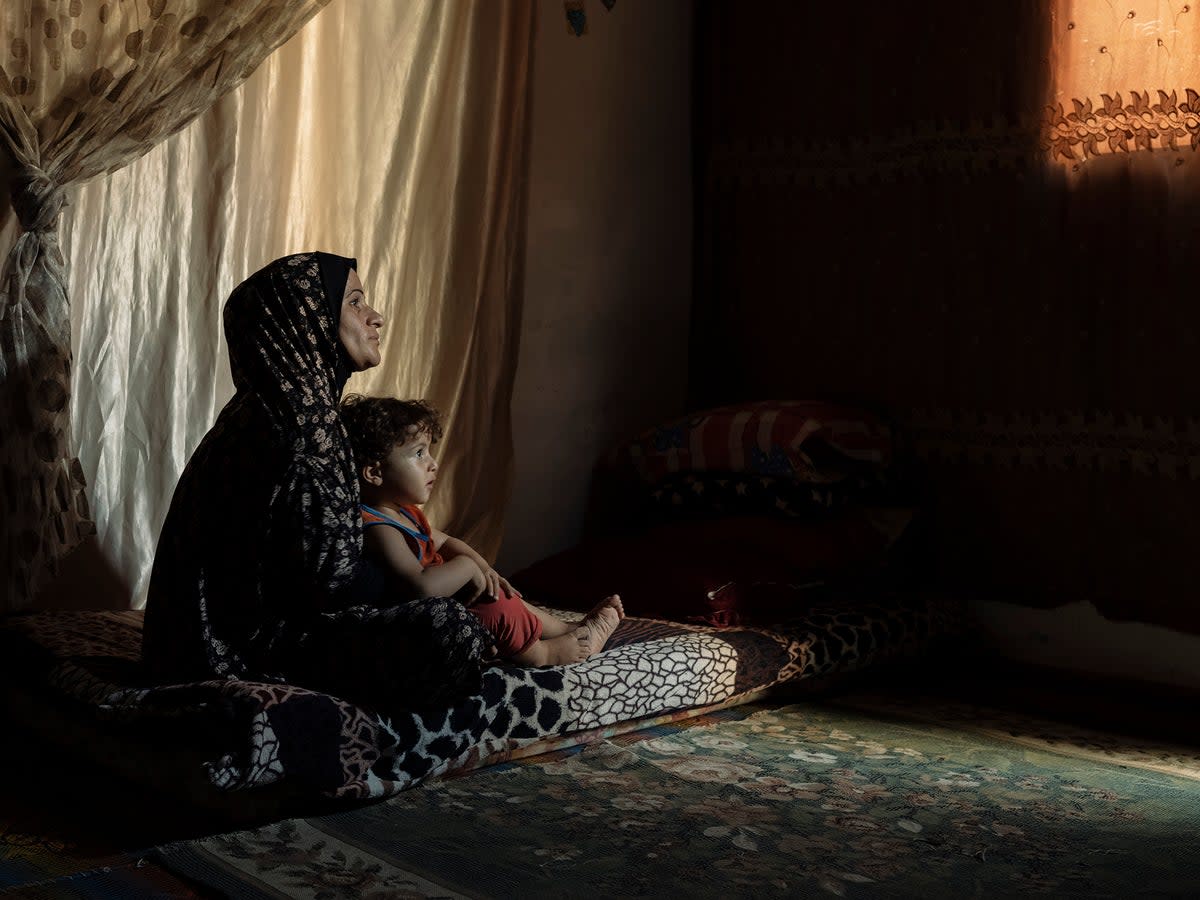
Since 2007, Gaza has been sealed off from the world. Its 2.1 million residents living in a 40km ribbon of land on the Mediterranean coast, have endured no less than four wars.
The conflicts not only claimed the lives of thousands of civilians, but they also damaged vital infrastructure in the enclave, including Gaza’s Power Plant (GPP), targeted by Israeli airstrikes in 2006 and again in 2014, during it’s third war.
The repercussions of these premeditated attacks, still hamstring Gaza’s efforts to meet the electric demand in the strip today.
Illuminated by the tungsten fluorescence from her television, engrossed as she watched her favourite programme, Sobhia, 72, explained “It is hard to imagine, but we used to experience 24 hours of electricity each day in Gaza; now we are lucky if we get six”.

Omar, 32 and his friends, perched on the pavements nearby their homes in search of the night-breeze. Occasionally they glanced up from their mobile phones and watched the neighbourhood children playing football in the pitch black streets, using only the headlights of passing cars.
“24 hours of electricity a day? This is beyond a dream for us. Gaza’s youth only know this life, without power. Especially in times of conflict when the Kerem Shalom border crossing closes, there is no fuel for the power station and this affects our homes, hospitals, schools, water and sewage treatment facilities. Everything”, they explained.
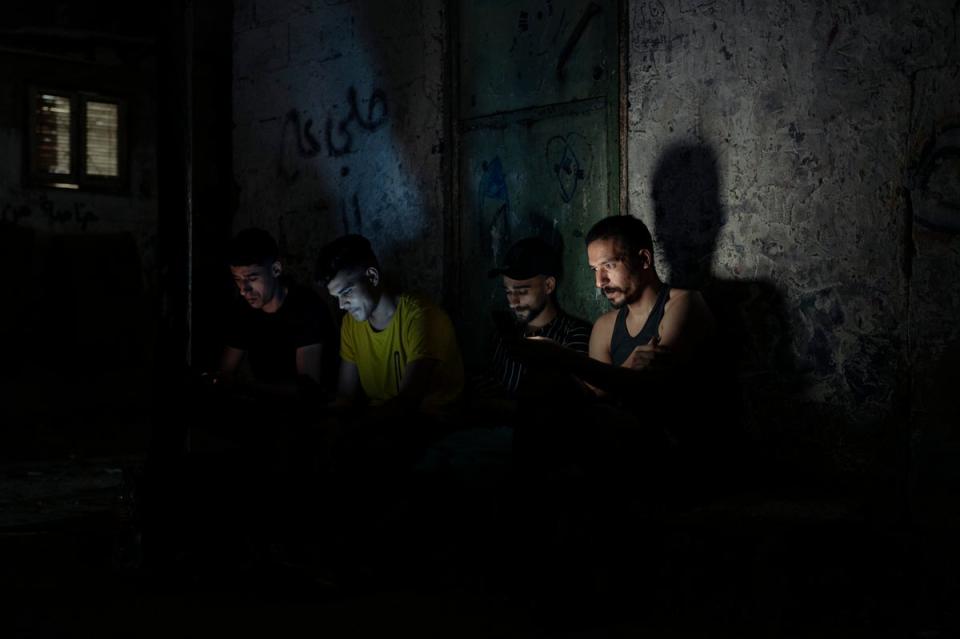
They returned to studying their phones, their faces lit by the glow as they kept tabs on the world outside.
Electricity to the Gaza Strip originates from two sources, the Israeli electric company and from the fuel-dependent GPP, donated by Qatar Fund for Development. The Qatari Government has pledged to build a liquefied natural gas pipeline from Israel into the Gaza Strip, with the EU funding €20 million in aid to complete the pipeline project’s extensions.

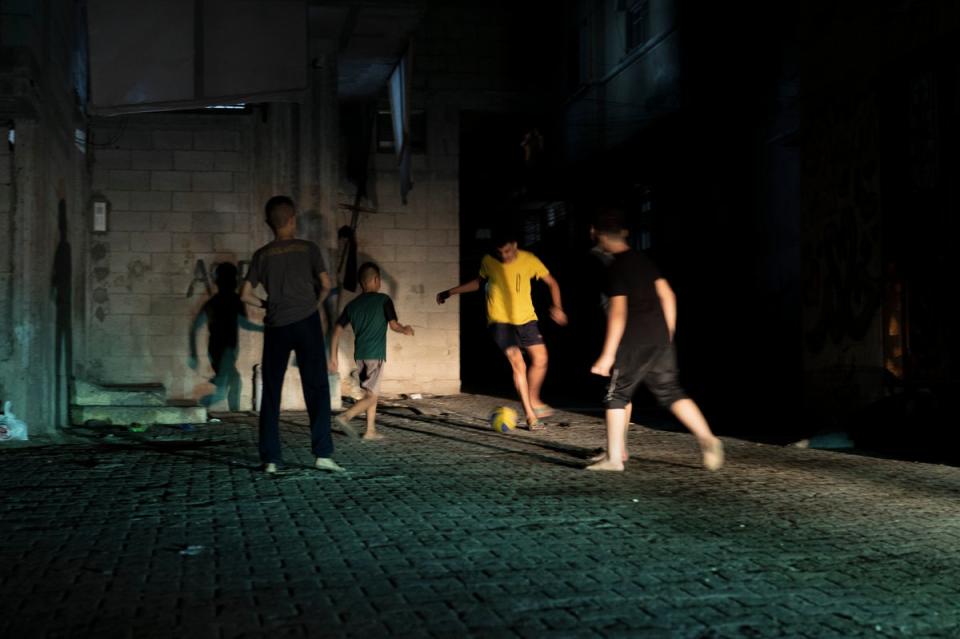
The pipeline project is expected to ease the energy crisis in the strip, however, whether the output will keep pace with future demand in the enclave, or not, remains to be seen.
“The new pipeline will bring us the hope Gaza desperately needs. But, creating enough supply is one challenge, being able to afford the electricity is another challenge entirely”, explained Salah 71, a retired fisherman from Gaza city.
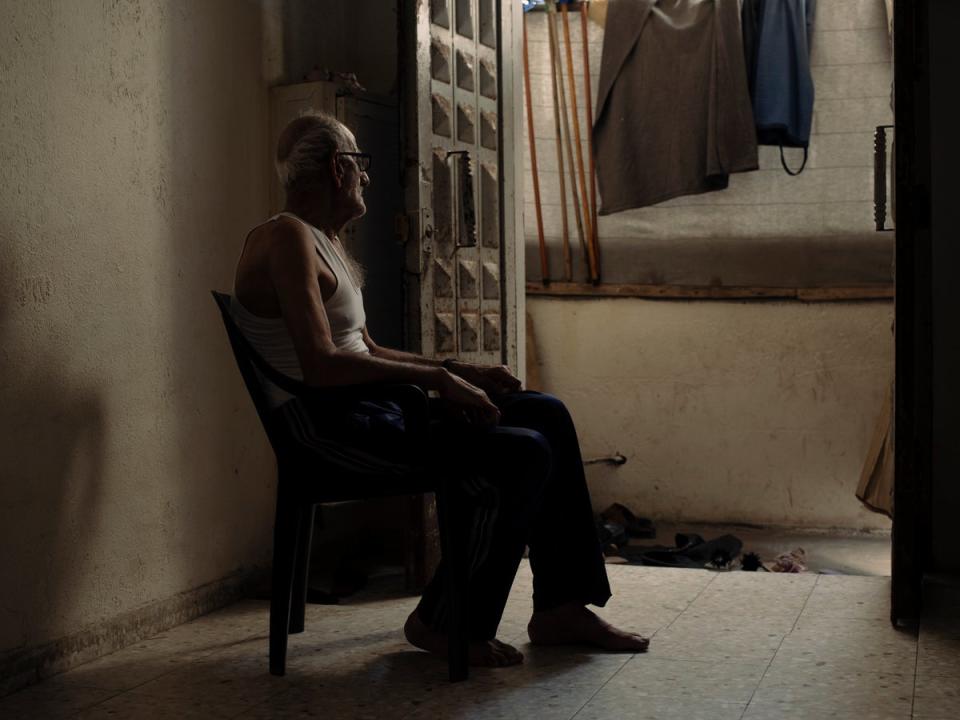
Mains electricity from Gaza’s grid remains the most cost effective source at £0.12 per KWh, when accessible. Alternatively, a private network line using a generator, can typically cost eight times as much at £1 per KWh, which most families cannot afford.
“I still owe 76,000 New Israeli Shekels (NIS) (£19,700) in arrears for electricity, that I will never be able to repay. I cannot afford to pay on account either. Therefore with little choice, I am forced to access our electricity the ‘informal’ way, straight from the nearby mains” Salah concludes.

Estimates indicate that at least 25% of Gaza’s residents obtain their electricity through informal means.
Thomas White is head of United Nations Relief and Works Agency (UNRWA) in the enclave. Speaking exclusively to The Independent, explained “Gaza is now on life-support, it is being left behind and the humanitarian crisis is getting worse each year.


There is no doubt that the approved pipeline will change the lives in Gaza for so many who are forced to live with a rolling blackout schedule of electricity. But, with unemployment rates amongst the highest in the world and more than 80% living below the poverty line, Gazans will undoubtedly continue to use negative coping mechanisms to keep their heads above the water line, including risking their lives to have free electricity”.
Enas, 40, lives in an informal settlement on the outskirts of Gaza City along with her husband. They are both unemployed and rely solely on UN emergency food parcels and a cash assistance programme ($100 per month to 100,000 families) to sustain themselves and their eight children.
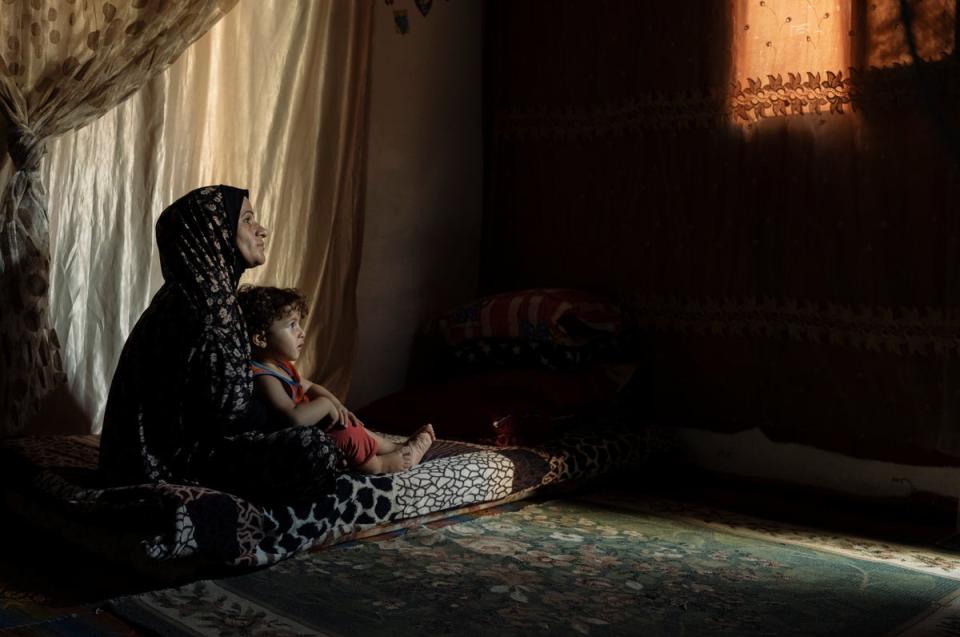

“We cannot afford electricity so of course like many we risk our lives to take it informally” she explained as she pointed to the numerous blackened and charred plastic plug sockets around the dwelling, as well as the soot stains from a past electrical fire which set ablaze the kitchen.
Enas untangled some well-used wires attached to a heating element, which she lowered into a bucket of water. It hissed and fizzed. She continues: “I realise how dangerous this is. I know that my children could lose their mother, but to have warm water in which to wash is the only time of the day we feel like human beings and not like animals”.
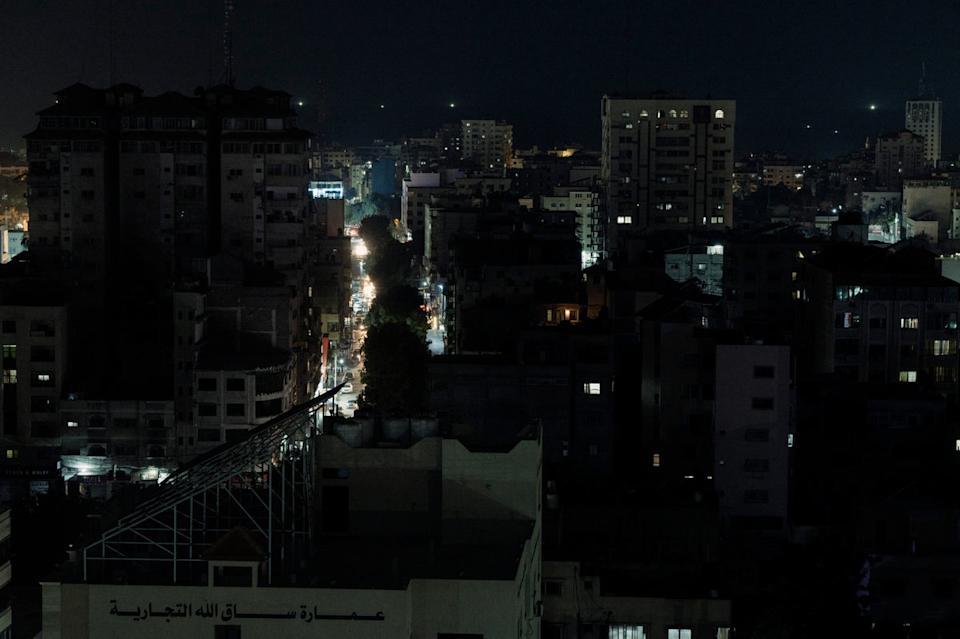
The cruel irony for Gazans living in the strip – in the absence of any political horizon, continued lack of investment and rising unemployment – is that despite their dreams and prayers, for 24 hours of electricity a day, they will most likely never be able to afford the price.
Prices indicated at time of writing

